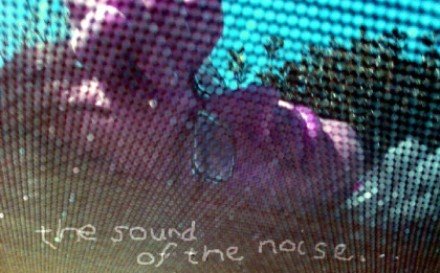I’m not good with the facts of history, but I love details that bring home what was happening. Marjane remembers what she was doing the day the neighbouring family’s house was bombed during the war with Iraq which began in 1980. She tells how she rushed home fearing the worst, and managed to glimpse a painful sign that her neighbours had been buried when the house came down. It’s moving to think of this really happening to such an ordinary family.
Interestingly we are also introduced to those figures Marjane looked up to as a girl, some imprisoned for many years because of their outspoken views and the longings of people of shrewd minds and hospitable natures as they longed for an end to political injustice. Others with less courage or less wisdom are shown to be inconsistent in their views, and stirred up by a crowd – we get a realistic view of human nature here.
She also shows us what it was like to grow up as a child in those times, and the fun and hurt caused between classmates as they discussed or acted out their parent’s differences (somewhat like the children in The Book Thief). The influence of the West on Satrapi is evident, leading her to rebel – although maybe this was more to do with her sharp mind and sense of passionate outrage at what was happening. One amusing section tells of how she was caught by local women wearing a Michael Jackson badge she’d acquired from the black market, and how she lied that the badge showed Malcolm X (MJ was still black then), an important “historical figure” – and they believed her! Another time her parents managed to bring back some trendy posters from (I think) Turkey, by sewing them into the back of a coat.
The obvious love in the family also shines through as they seek to bring up their girl as best they can – eventually sending her away from the country, which as you will have gathered was going through some worrying changes. The glimpse we get here is not only a good mix of the optimism of childhood and the down-to-earth facts of what was happening, it is also a refreshingly individual personal history, where the price of living for one’s conscience and against the current regime is clear.
-----
* As an aside, I hope the way I live and work and stand for causes and pray and trust in God has the opposite effect – that people do not dismiss him as unnecessary, but see the true God of reality as the means by which it is possible to fully and rightly and passionately engage with all the rest of life.
Click here to find a list of more graphic novels/comics I recommend.

No comments:
Post a Comment